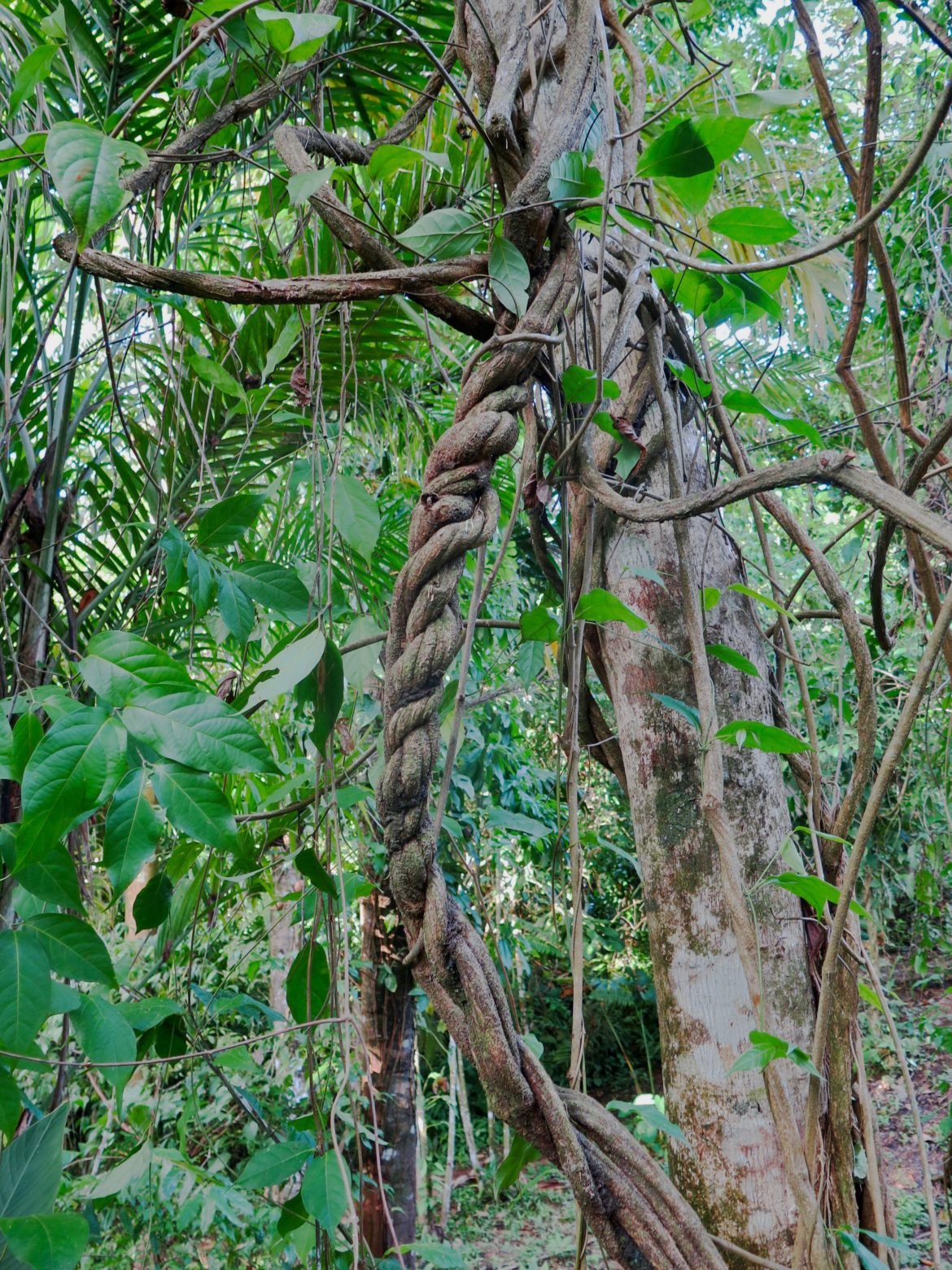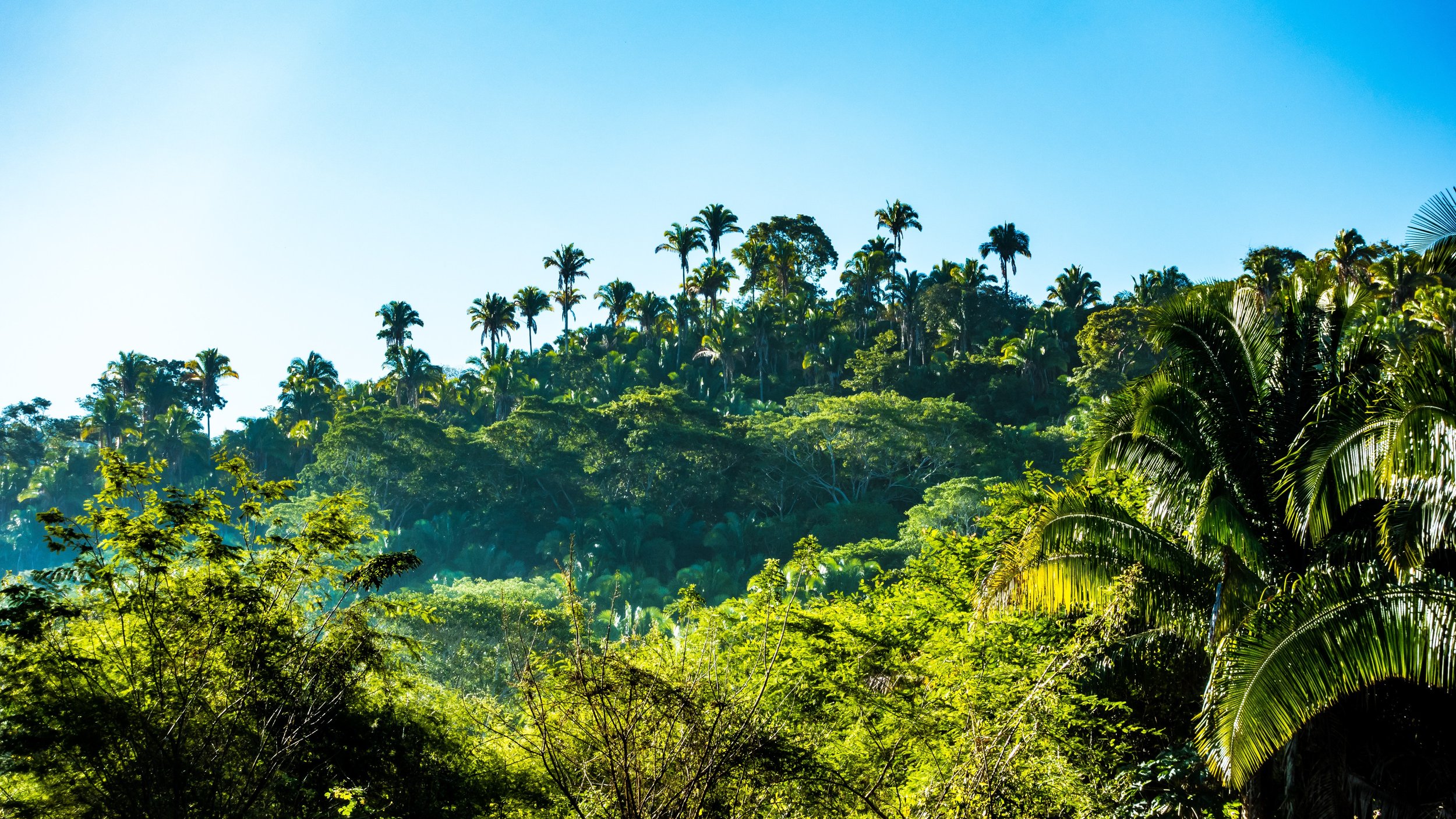
ANCESTRAL REMEDIES
The Sacred Remedy of Yage
Ayahuasca : botanical composition and psychoactive components
Traditional use in Amazonian shamanic practices, historical and cultural backgrounds
Spiritual and Healing Properties
Medical and Therapeutic Potential
The Experience and the effects
Individual Experiences : Testimonials
Integration and After-care
The importance of a guided environment
Links and external resources
Ayahuasca : botanical composition and psychoactive components
Ayahuasca, commonly referred to as the "vine of the soul," stands as one of the most potent natural entheogens, made of a combination of the Banisteriopsis caapi vine and the Psychotria viridis leaves. The brew, renowned for its ability to unveil dimensional portals, provides access to the realm of spirits and an energetic world otherwise inaccessible in ordinary states of consciousness, thus bridging the gap between the physical and spiritual dimensions.
The psychoactive components are Dimethyltryptamine (DMT) extracted from the Psychotria viridis leaves and the Monoamine oxidase inhibitors (MAO) found in the Banisteriopsis caapi vine, which work by inhibiting stomach enzymes, allowing DMT to be absorbed into the bloodstream and cross the blood-brain barrier. DMT interacts with serotonin receptors, leading to profound alterations in perception, cognition, and emotion. This synergistic combination creates an extended and intensified experience of expansion of consciousness, often characterized by visionary experiences, introspective insights, and a heightened sense of interconnectedness, making Ayahuasca a powerful tool for spiritual exploration and psychological healing.
How Amazonian shamans knew how to combine these plants, among millions of plant species existing within the region, remains a mystery. It is worth noting that there are approximately 10,000 vines and 80,000 leafy plants in the rainforest. The probability of creating the brew by accident is a million to one. Yet, the indigenous healers of the Amazon report that it is the plants themselves who told them how to create the Ayahuasca. The sacred remedy is often personified as a Mother or Grandmother, traditionally associated with feminine energy. Given its potential to induce profound and enduring healing effects, this plant medicine demands utmost respect and caution in its approach.
Traditional use in Amazonian shamanic practices, historical and cultural backgrounds
For millennia, Ayahuasca has been integral to the cultural and medicinal practices of people in Brazil, Peru, Colombia, Bolivia, and Ecuador. Used in tribal rituals, religious ceremonies, and healing practices, Ayahuasca has served as a natural treatment for various physical and mental issues and still holds a significant place as a healing plant, forming the cornerstone of many traditional medical systems.
There are no records from the Amazon until the conquest in the 16th century, so the history of the sacred medicine is relatively unknown. However, a small ceremonial cup containing Yagé was found in Ecuador, placing the practice as far as 2500 years old. Various tribal narratives recount the initial encounters of different tribes with the medicine, with its origins possibly obscured among them, leading to a lack of consensus on its introduction. It is known to be the basis of traditional medical practice for over 75 different indigenous tribes in the Lower and Upper Amazon. This sacred medicine boasts over 40 names, reflecting its extensive prevalence throughout these diverse regions.
Initially used as a diagnostic and divinatory tool for healing, the medicine was only served to the healer in order to discover the roots of the illnesses of their patients and then heal them accordingly. This healing system was passed down through generations of healers. During the times of the Inca, the ceremonies were perceived as journeys into the shadow of the soul and through the collective unconscious, serving as catalysts for transcending old patterns and behaviours. These rituals marked the commencement of a spiritual rebirth and liberation process.
In the contemporary context, it is acknowledged that the sanctified remedy has the capability to facilitate the recovery of ailments and conditions unresponsive to the traditional or Occidental medical framework. It is crucial to comprehend that engaging in a therapeutic observance with a certain plant-spirit healer under the supervision of the Guide is an integral part of a structured system. Therefore, it is not advisable to consume independently without the accompaniment and safeguarding of a proficient and seasoned healer.

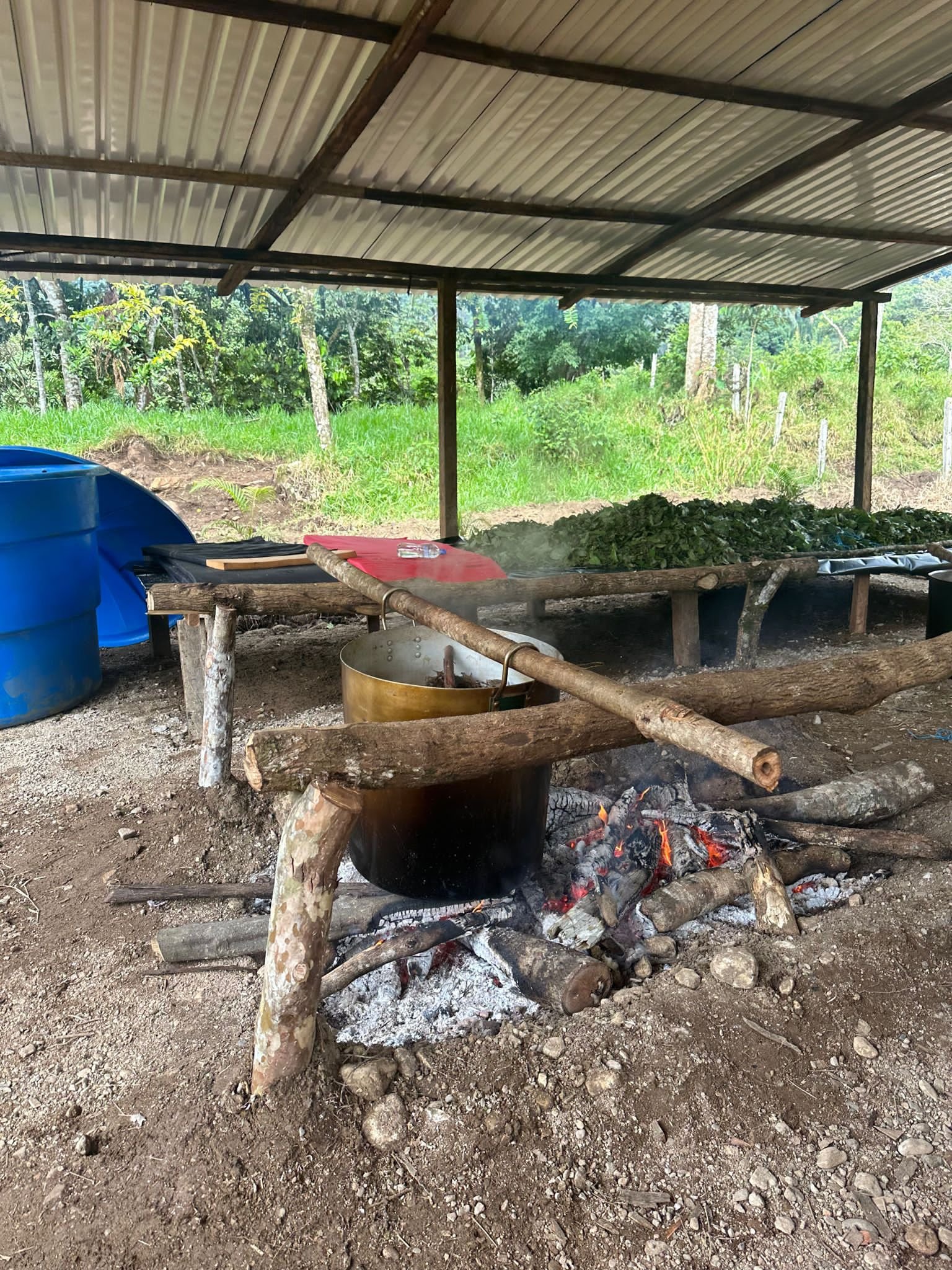
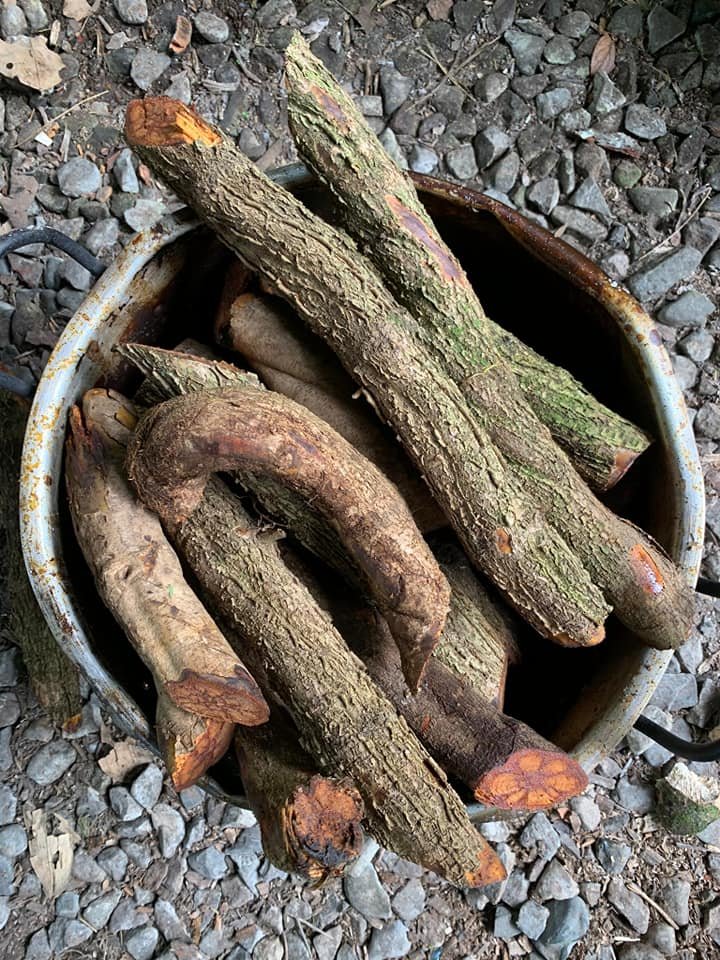
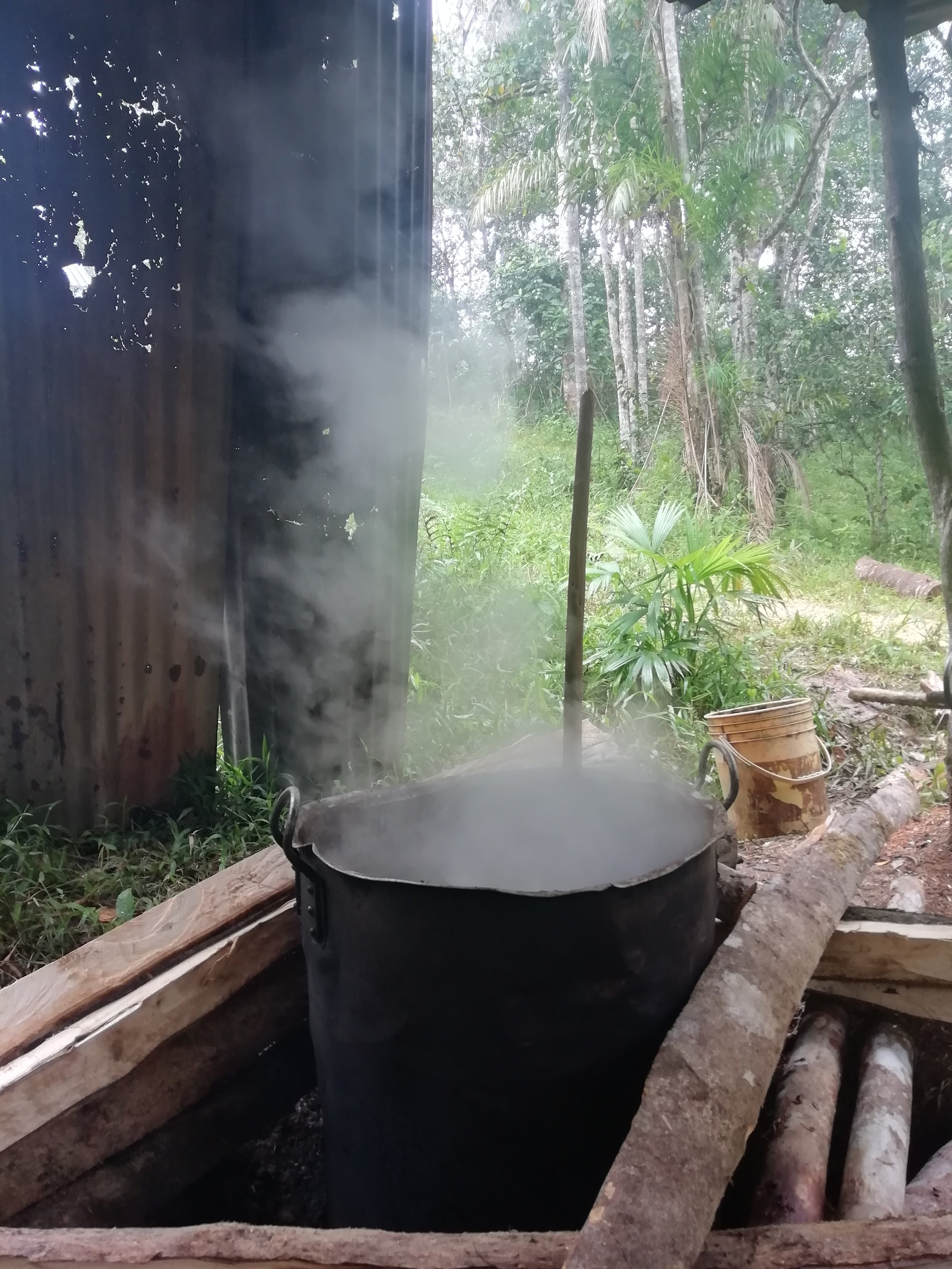


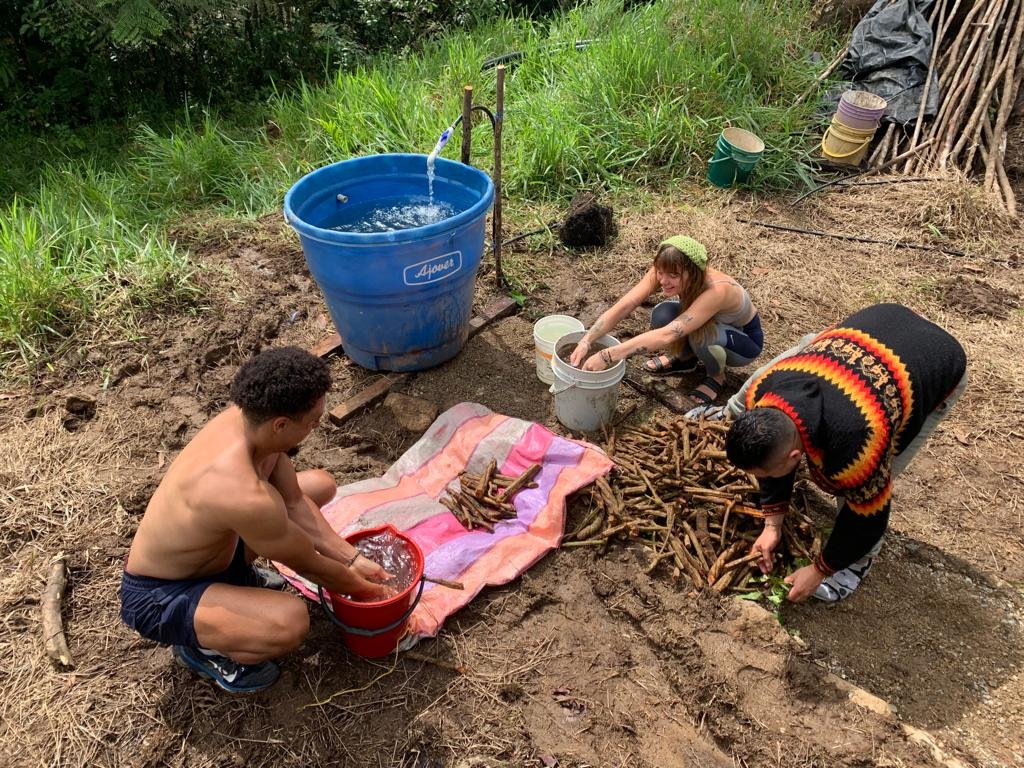
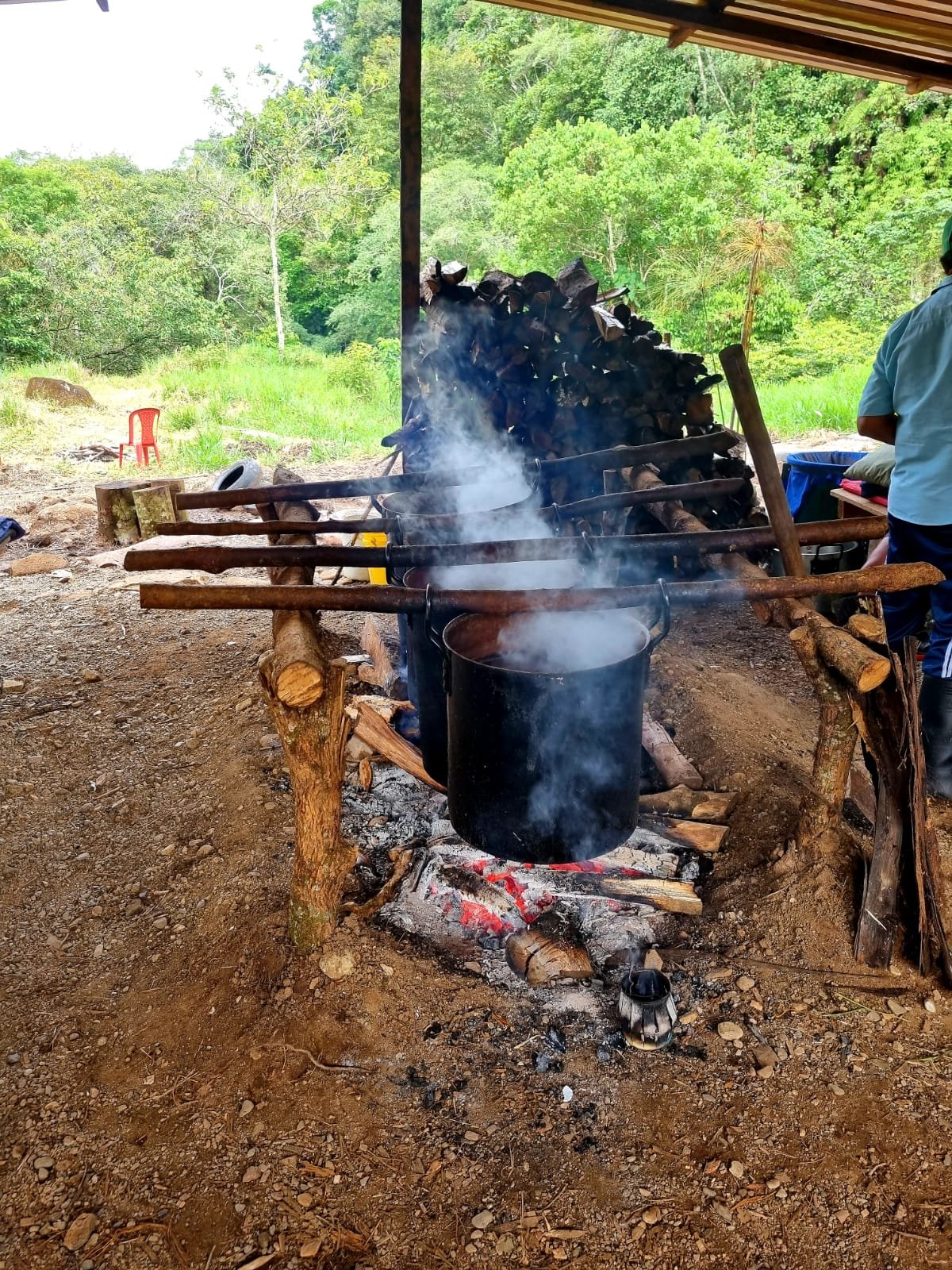
Spiritual and Healing properties
Functioning as a catalyst for expanded consciousness, Ayahuasca operates on various levels—physical, emotional, energetic, and spiritual—influencing our consciousness, emotions, and the various dimensions of our multidimensional existence. This sacred brew acts as a purgative, eliminating physical impurities and expelling entrenched negative energies from the energetic system, found to be fundamental in the origins of various issues. Traditionally, illness is perceived as disharmony in a person’s life on energetic and spiritual levels, which may result in mental, emotional, and physical ailments if left unresolved. For others, the stagnant life energy caused by various life events creates a state of fragmentation within oneself, as if certain pieces of the puzzle have been compartmentalized or pushed aside. Ayahuasca’s healing operates by bringing deeply rooted issues to conscious awareness, facing painful aspects of the self, confronting suppressed emotions and/or unresolved past traumas, rewriting subconscious negative patterns, and clearing blockages and dense energies from the person's energetic system. It fosters holistic healing while facilitating the exploration of diverse levels of individual and collective consciousness and guiding the integration of longstanding emotional issues, liberating individuals from constraining and fear-laden beliefs.
There is a resurgence of the idea of a spirit-assisted healthcare system, wherein the healer or shaman addresses the energetic and spiritual aspects of the illness by journeying to the spirit world—a non-ordinary reality parallel to our 3D existence. It is these compassionate spirits who perform the healing work with the healer acting as a conduit.
The healing trajectory embarked upon by participants, as well as the resolution of inner challenges, hinges upon various factors: the willingness to enact the transformative changes illuminated by the medicine, a dedicated commitment to one's healing process, and the degree of severity associated with the encountered difficulties. Understanding and embracing the process of integration is pivotal in maximizing the therapeutic potential of working with the medicine. As individuals integrate their transformative experiences, they contribute to a collective evolution, fostering a more interconnected and compassionate world.
The Experience and the Effects
It is essential to highlight that “THE” ayahuasca experiences do not exist, they are as many experiences as there are individuals. Each encounter is entirely individual, marked by its uniqueness, distinctiveness and, its unrepeatable nature. According to the intention of the person, the setting, the energy and intention of the facilitator, people may experience vivid and intense visions, amplified feelings or emotions, expanded state of consciousness, physical detoxification which can include nausea, vomiting and diarrhoea and, an altered sense of time and space. It is possible that one person experiences gentle effects, some may fall asleep, find it meditative while other may experience it as very intense. For some, the effects will be felt within 20 to 30 minutes, for other, it may be between 1 to 2 hours. In some case, the person may not feel much but the medicine stills works in some ways that are not being perceived by the person.
Given the multitude of variables, reports on experiences are consequently widely varied. Certain individuals undergo a deep spiritual experience encountering the essence of Ayahuasca that imparts profound teachings and guidance, leading to profound spiritual insights about the nature of reality, the universe, and our existence within the material world. Overall, people who engage consciously in a process of growth with the sacred remedy generally reports positive effects on their lives; spontaneous spiritual healing, increased efficiency and concentration, identification of the cause of depression or other emotional illness, comprehension of certain emotional blockages, clearing of traumas, acceptance of oneself, of familial patterns and relationship schemas. A progressive reconciliation and comprehension of the absolute perfection of our lives and of all events created by ourselves to grow, to evolve, to transform.
Golden’s Rules with regard to the experience :
You will always receive what you need, which isn’t always what you want.
Colour, lights, geometrical patterns are peripheral to the deeper work. Understandings about the world and universe around you arise from within, not outside of yourself.
It is impossible to outline exactly what will happen on your inner journeys.
The medicine will interact with you in unforeseen ways and will respond in manners beyond your preconceptions. It doesn't yield to impatient demands.
During the process of cleansing your emotions, your mood can become low. It is possible to feel worse during deep work before feeling better. Allowing difficult feelings and emotions to surface, accepting them, integrating them and then releasing them is an indispensable part of the healing process.
Surrender to the process and trust in the medicine and always remember that the insights gained are personal and may take time to fully understand.
Medical and Therapeutic Potential
Modern research recognizes ayahuasca's significant medicinal and therapeutic potential in treating diverse conditions, including mood disorders, PTSD, chronic pain, anxiety, and substance abuse. Depending on factors such as the individual's intention, the setting, the energy, and intention of the facilitator, people undergoing ayahuasca experiences may experience various benefits supported by scientific research, including:
Neurogenesis: A study conducted by the Beckley/Imperial Research Programme demonstrated that the DMT in ayahuasca may influence neuroplasticity, the brain's ability to reorganize and form new neural connections, which could have positive implications for mental flexibility and adaptation. It stimulates neurogenesis which is associated with improved mood and cognitive flexibility, suggesting potential applications in treating depression.
Enhanced Self-awareness: In the realm of addiction, a study published in the Journal of Psychoactive Drugs examined the efficacy of ayahuasca in treating substance abuse. Findings suggested that the ceremonial use of ayahuasca facilitated introspective experiences that contributed to enhanced self-awareness, potentially supporting addiction recovery.
Reduced Symptoms of Anxiety and Depression: A clinical trial led by the Multidisciplinary Association for Psychedelic Studies (MAPS) explored ayahuasca-assisted therapy for individuals with treatment-resistant depression. Preliminary results indicate significant reductions in depressive symptoms and an overall improvement in well-being.
Emotional and Trauma processing: A study published in the Journal of Psychopharmacology investigated the potential of ayahuasca-assisted therapy for individuals with PTSD. The research involved a small sample size, but preliminary findings suggested a significant reduction in PTSD symptoms after a series of ayahuasca sessions combined with psychotherapeutic support. A research led by Exeter University examined the changes in neural connectivity and psychological outcomes following ayahuasca ceremonies in veterans with PTSD. Initial observations hint at a potential role for ayahuasca in alleviating trauma-related symptoms and improving overall well-being.
Clinical studies reveal its intricate neuropsychological effects, enhancing cognitive function and integrative thinking, promoting creative problem-solving. These potential benefits showcase the multidimensional impact ayahuasca may have on mental well-being, with ongoing scientific exploration contributing to our understanding of its therapeutic potential.
Individual Experiences : Testimonials
Read on Shaun’s Testimonial - Overcoming addiction through healing childhood trauma.
Watch Stella’s Testimonial - Overcoming PTSD, depression and healing trauma.
The process of Integration and After-care
The growing popularity of the practice has led, on occasion, to unrealistic expectations regarding the nature of the first experience with the sacred remedies and the level of commitment required for profound healing. Healing is an ongoing process integral to continuous self-evolution and, requiring steadfast determination, patience and self-awareness.
Shadow work encompasses the inner work dedicated to confronting discomfort, allowing difficult feelings and emotions to surface, accepting, integrating, and ultimately releasing them. This process involves bringing pain, conscious and unconscious programming, conditioning, repetitive behaviour patterns, energetic imprints, and self-limiting patterns to conscious awareness so they become integrated into the being - a vital process for healing and personal growth. It is a process of becoming whole again through letting go of mechanisms that no longer serve us, thus enabling the discovery of our true selves, allowing us to live with inner joy and peace in our hearts, aligning with our true nature - body, mind, heart, and soul.
For example, healing the inner child through revisiting challenging childhood moments can profoundly alter the quality of the adult experience. By reframing trapped aspects of the child self still carrying pain, which often manifests as physical, emotional, and mental discomfort, liberation occurs for the child self, consequently enabling the adult self to reconnect with authenticity and presence.
As we heighten our awareness of inner patterns and beliefs, we gain the power to reshape aspects of our lives through conscious decision-making and action when old mechanisms arise in our consciousness. During the healing process, it's common for the mind to interfere, seeking ways to avoid facing the issues at hand. The mind often attempts to understand, analyse, and comprehend, even though it lacks the ability to truly change, forgive, or overcome obstacles; it simply prefers to maintain the status quo. Healing can not be driven by the mind and, awareness of various defence mechanisms should assist the process. Defence mechanisms include running away, suppressing emotions, blaming, controlling, sedating, denying, avoiding, resisting, and/or attacking. Recognizing our defence mechanisms is crucial, as shadow work may unfold differently than expected, defying preconceived notions of its appearance or process. True healing necessitates surrendering, embracing the darkness, and integrating before releasing these barriers.
Healing can be achieved through thoughtful introspection, yet it can also be bolstered by a team of facilitators and guided by a professional to aid in the integrative process. The most common practical tips sustaining the integrative process are:
Rest and allow time for contemplation of the insights obtained during the retreat.
Journaling and reflecting on and writing down thoughts, emotions, and insights
Practice yoga, meditation, or other embodied spiritual practices or gentle body work
Creative Expression through art, music, writing, or other creative outlets
Pay attention to nutrition. Follow the post-diet guidelines and hydrate.
Wait a few weeks before implementing any major life changes/decisions.
Don’t try to make rational sense of your experience too early.
Spend time in nature.
Review your experience with regard to your original intention.
Identify which aspects of your experience seem necessary to incorporate into your life.
Practice self-care including managing stress and activities that support your overall well-being
Sharing group with like minded individuals can be helpful to broaden perspectives
Therapy with a qualified therapist experienced in psychedelic integration
The importance of a guided and safe environment
As individuals seek profound insights and healing through ayahuasca ceremonies, the importance of a guided and safe environment becomes paramount. The set and the setting are both known to influence the nature and tone of an introspective journey with consciousness expanding medicine. The setting encompasses a safe and comfortable space with proper ventilation and access to restroom facilities, all within a natural environment conducive to healing. It also entails having a trusted ceremony guide capable of protecting and guiding the ceremony, possessing the appropriate experience to lead the group. A team of facilitators is equally essential, ones in whom you can place trust, freely express yourself, and address any personal difficulties that may arise during the introspective process. Examining this aspect involves assessing the team's core values, which include respect, ethics, integrity, and honesty.
Other safe practices include pre-screening the readiness and suitability of the group's members to engage in the experience. Additionally, conducting a thorough pre-screening of medical history is essential. Following pre-ceremony dietary guidelines is crucial to minimizing potential adverse reactions. It's important to ensure the presence of integrative sessions, therapeutic support, and access to resources that facilitate growth and healing. Participants should receive comprehensive education and information about the brew, its effects, risks, and potential benefits to make informed decisions. Additionally, participants must fully understand the process and engage in an informed decision-making process.
Concurrently, it's essential to understand the importance of one's own responsibility for their well-being before, during, and after the ceremony/retreat/activity. This includes respecting the ceremonial space, the medicine, the instructions provided by the team, and other participants in terms of privacy, quiet time, boundaries, confidentiality, and all practices of self-care. It also means respecting one's own needs for time and space alone. This also means honouring one's own needs for personal time and space. It involves acknowledging the importance of self-reflection and introspection. Additionally, it means allowing oneself the opportunity to integrate the experiences and insights gained during the ceremony or retreat.
External Resources
ICEERS is a non-profit European based organisation dedicated to studying and integrating traditional plant medicines. They provide educational resources, research publications, and advocacy efforts for ayahuasca and other ethnobotanicals.
Ayahuasca.com is an online platform dedicated to providing educational resources, articles, and offers a comprehensive library of articles, research papers, interviews, and documentaries on various aspects of ayahuasca, including its history, cultural significance, scientific research, and traditional uses.
MAPS (Multidisciplinary Association for Psychedelic Studies) is at the forefront of researching the therapeutic potential of psychedelic substances. They collaborate to promote evidence-based research and education on psychedelic-assisted therapy and responsible psychedelic use. Additionally, they strive to expand access to psychedelic-assisted treatments for mental health conditions in Europe.
The Psychedelic Society promotes the safe, legal, and responsible use of psychedelics for personal and collective well-being. They offer educational events, workshops, retreats, and community gatherings focused on psychedelics, consciousness exploration, and related topics.
